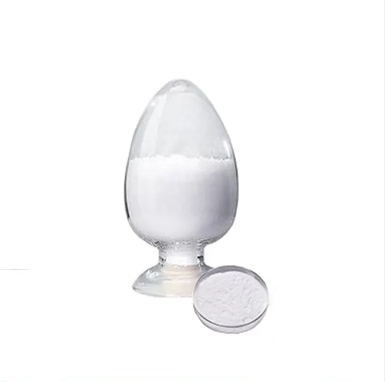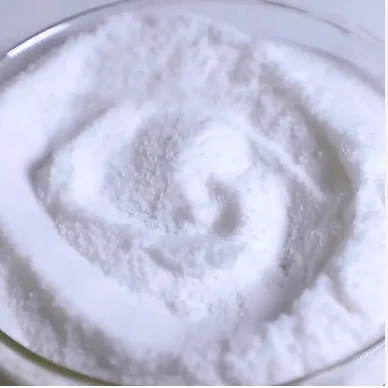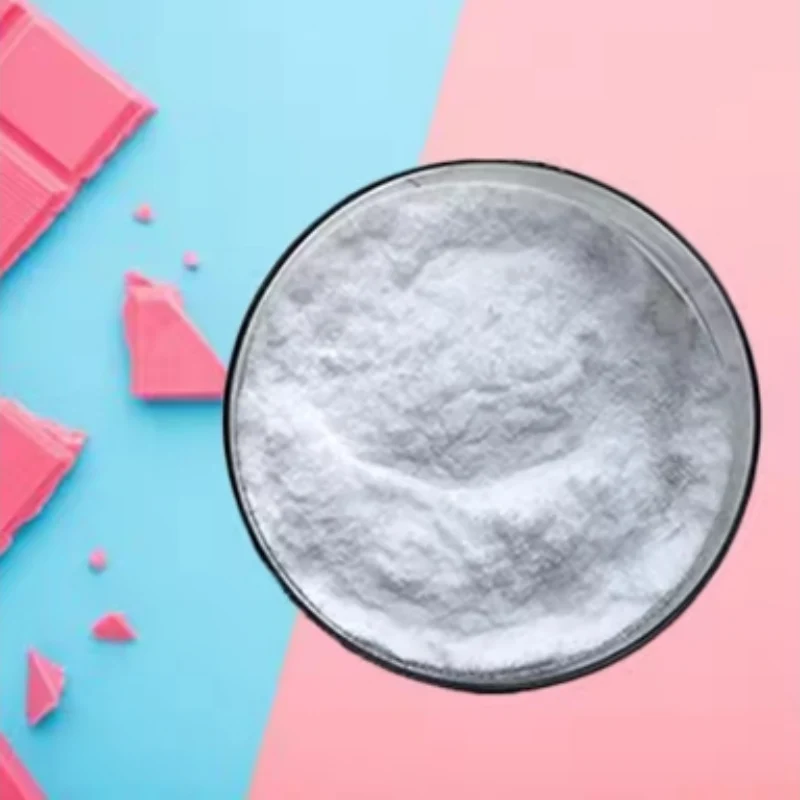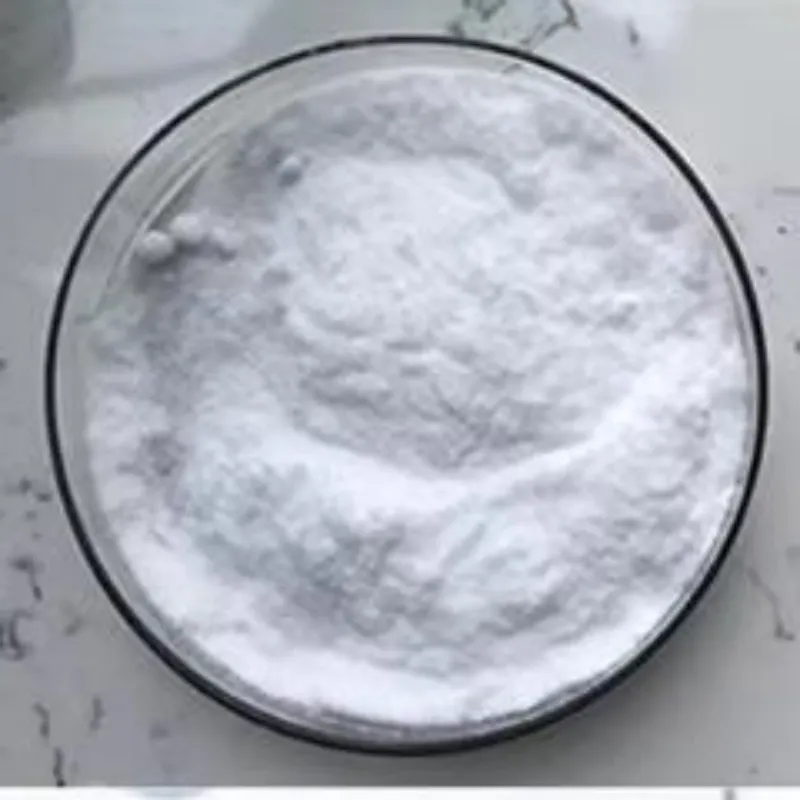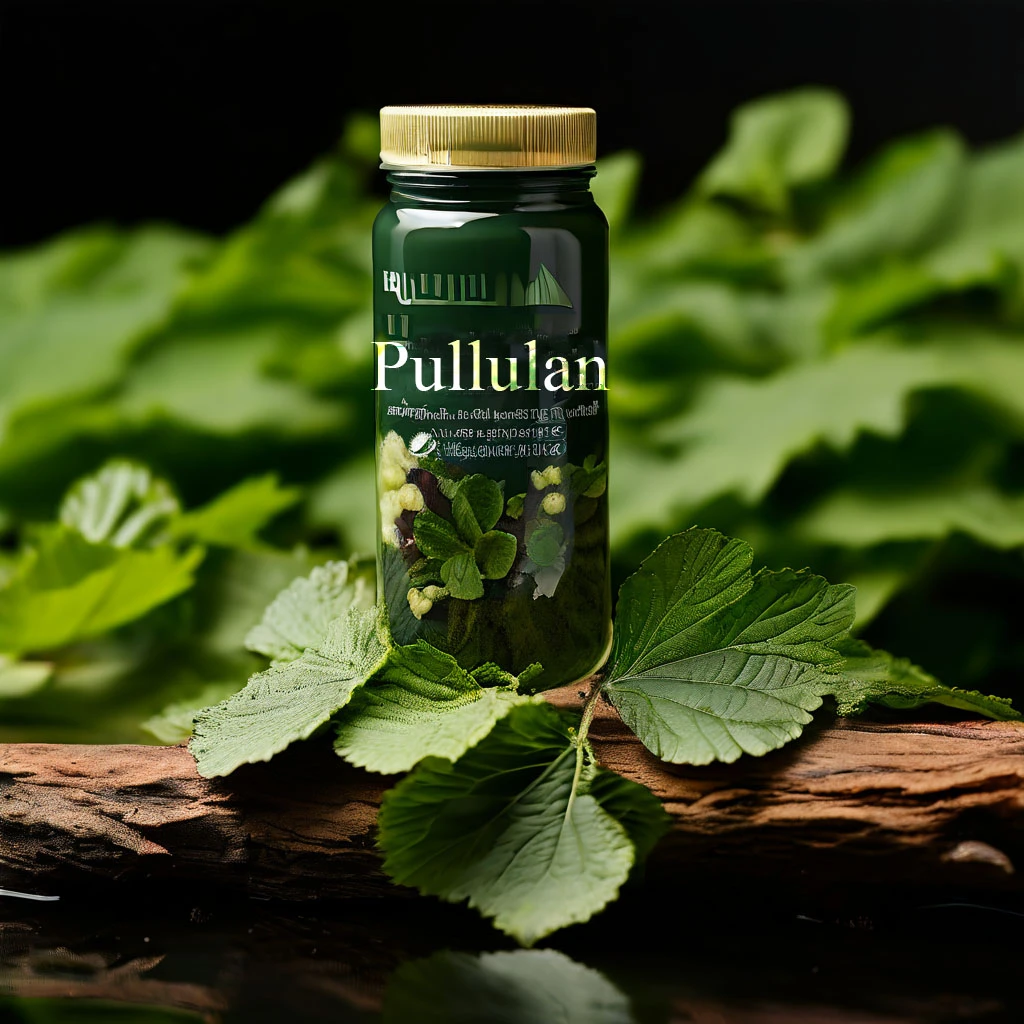Pullulan (CAS 9057-02-7) is a polysaccharide produced by certain fungi, particularly Aureobasidium pullulans. It is commonly used in food and beverage industries as a thickening agent, stabilizer, film-forming agent, and encapsulating agent.
While pullulan itself doesn't have direct preservative properties like traditional preservatives such as sodium benzoate or potassium sorbate, it can indirectly contribute to fruit preservation in several ways:
Encapsulation: Pullulan can encapsulate active compounds, such as antioxidants or antimicrobial agents, which can extend the shelf life of fruits by protecting them from degradation or spoilage.
Film Formation: Pullulan can form edible films that can be used to coat fruits, providing a barrier against moisture loss, microbial contamination, and oxidation, thus prolonging their shelf life.
Stabilization: Pullulan can stabilize flavors and colors in fruit-based products, preventing deterioration and maintaining their sensory characteristics over time.
Texture Improvement: Pullulan can enhance the texture and mouthfeel of fruit-based products, making them more appealing to consumers, which indirectly contributes to their preservation by encouraging consumption before spoilage occurs.
When used in fruit preservation, pullulan is often incorporated into formulations alongside other preservatives or techniques to maximize its effectiveness. It is important to ensure that pullulan is used in compliance with relevant regulations and guidelines for food additives.
How to Pullulan used for fruit preservation
Pullulan can be used for fruit preservation through various methods. Here are some common ways it can be applied:
Edible Coating: Pullulan can be dissolved in water to form a solution, which can then be used to coat the surface of fruits. This coating acts as a barrier against moisture loss and microbial contamination, thus extending the shelf life of the fruits. To create an edible coating, you can follow these steps:
Dissolve pullulan powder in water to form a solution of desired concentration.
Dip or spray the fruits with the pullulan solution until they are evenly coated.
Allow the coated fruits to dry, forming a thin edible film on their surface.
Encapsulation of Active Compounds: Pullulan can encapsulate active compounds such as antioxidants or antimicrobial agents. These encapsulated compounds can be incorporated into fruit-based products or applied directly onto fruits to inhibit microbial growth and delay spoilage.
Blend with Other Preservatives: Pullulan can be combined with other preservatives such as organic acids or essential oils to enhance their efficacy in fruit preservation. For example, pullulan can be used in conjunction with citric acid or potassium sorbate to create a synergistic effect in inhibiting microbial growth.
Incorporation into Packaging Materials: Pullulan can be used to produce edible films or coatings that are applied to packaging materials. These films can help maintain the freshness and quality of fruits during storage and transportation by providing a protective barrier against external factors such as moisture, oxygen, and light.
Texture Improvement: Pullulan can be added to fruit-based products to improve their texture and mouthfeel, making them more appealing to consumers. This can indirectly contribute to fruit preservation by increasing their consumption before spoilage occurs.
It's important to ensure that the concentration of pullulan used and the application method are optimized for the specific fruits and desired preservation goals. Additionally, compliance with regulatory requirements and food safety guidelines should always be considered when using pullulan or any other food additive for fruit preservation.
Destription
Item | Standard |
Destription | white powder |
Viscosity(mm²/s) | 15-180 |
Residue on ignition,w/% | ≤1.0 |
PH | 5.0~8.0 |
Loss of drying,w/% | ≤10 |
Assay ( content of Mono-,di-,oligosaccharides ) | ≤10 |
Nitrogen Determination, w/% | ≤0.05 |
Heavy Metals, PPM | ≤10 |
Total aerobic microbial count,(CFU/g) | ≤100 |
Total Yeast/mold count,(CFU/g) | ≤100 |
Escherichia coli,(MPN/g) | Negative |
Advantages of fruit preservation
Apples and citrus fruits are not storage-resistant and perishable, so common refrigeration methods are not ideal. Pullulan itself is non-toxic, odorless and has no side effects on the human body. It is ideal as a preservative for fruits. It can overcome the shortcomings of past coating agents such as propylene alcohol, solvent-based wax, natural wax and polyethylene packaging. Although these coating agents can reduce the oxygen content and increase carbon dioxide in the fruit, they can also induce fermentation and accumulate ethanol. and aldehydes to produce foul odors.
Pullulan of different molecular weights has a good water retention effect, especially high molecular weight pullulan has a better effect.
The study also found that pullulan itself does not have bactericidal or antibacterial effects, but when fruits are mixed with pullulan and a certain amount of preservatives, the antiseptic and fresh-keeping effect is more obvious. The reason is that pullulan has good film-forming properties. When mixed with preservatives and applied to the fruit surface, it can isolate oxygen, delay fruit decay, and preserve fruit for a long time.
The effect of pullulan-treated fruits on shelf life was more obvious. The mixed use of pullulan and preservatives has obvious effects on maintaining the quality of fruit shelf life, reducing water loss, and extending shelf life.
FAQ
1. How does pullulan help preserve fruits?
Pullulan can form an edible film that covers the surface of fruits, preventing moisture loss and microbial contamination, and extending the shelf life of fruits.
2. How to use pullulan to preserve fruits?
Pullulan can be dissolved in water to form a solution, and then applied to the surface of the fruit by spraying or soaking to evenly cover it. After covering, just let the film on the surface of the fruit dry.
3. Does pullulan affect the quality of fruits?
The film formed by pullulan is of food grade and has little impact on the quality of the fruit. It helps preserve the freshness and taste of the fruit, extending its shelf life.
4. Is pullulan a natural ingredient?
Yes, pullulan is a natural polysaccharide extracted from certain fungi and is generally considered a safe food additive.
5. Will using pullulan increase the cost of fruits?
The cost of pullulan is relatively low and only a small amount is needed to coat the surface of the fruit, so it usually does not significantly increase the cost of the fruit.
6. Which fruits are suitable for preservation with pullulan?
Pullulan can be used in various fruits such as apples, pears, strawberries, grapes, etc. to extend their shelf life.
7. How to ensure that the use of pullulan complies with regulations and safety standards?
When using pullulan, local regulations and food safety standards should be followed to ensure that it is used in compliance with regulations and is stored and handled under appropriate conditions.
525.webp)
